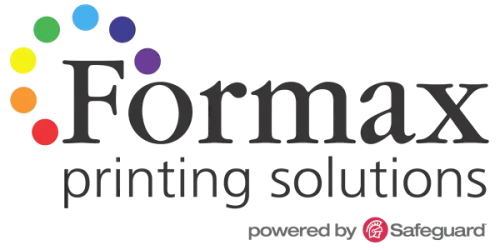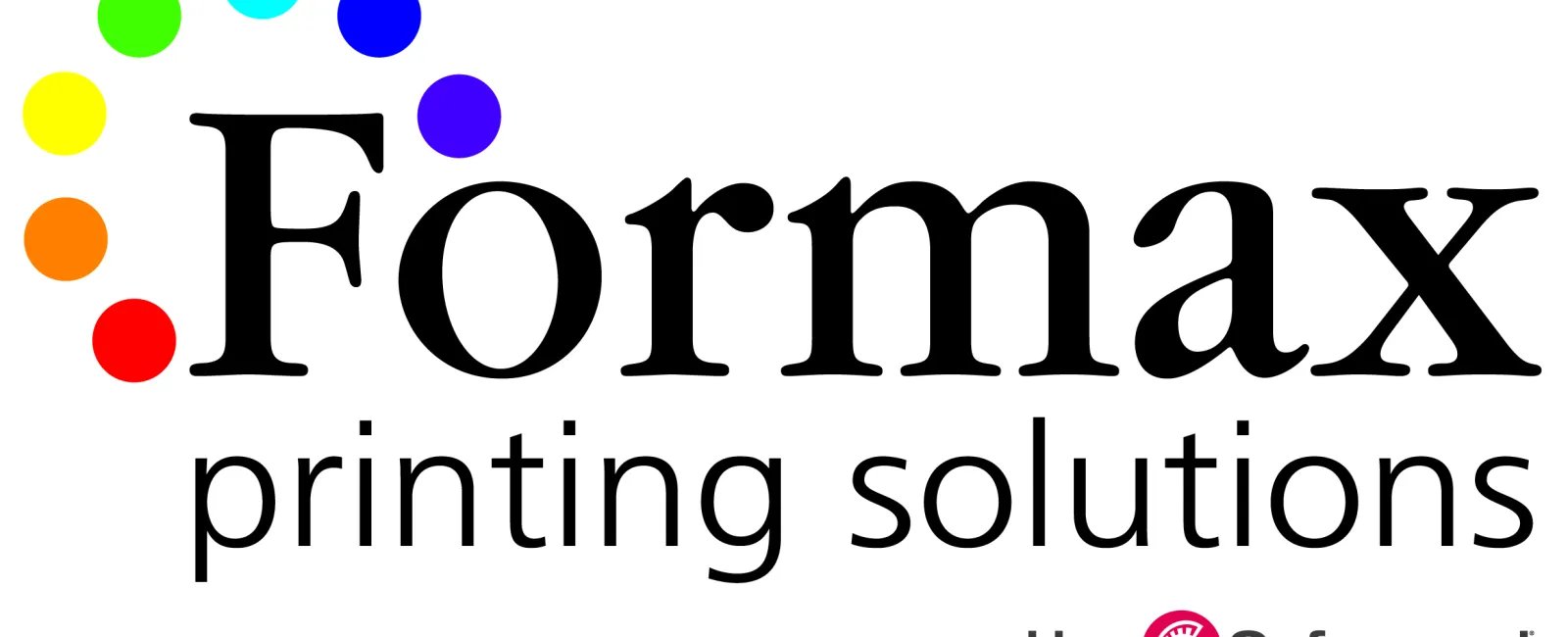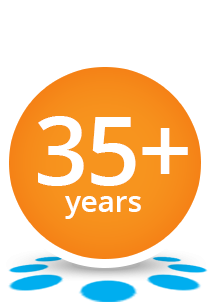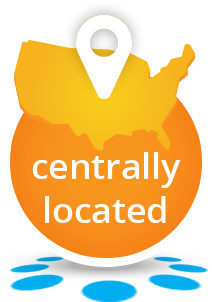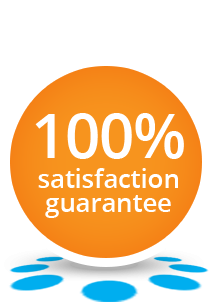
Perfect Binding is one of the most popular methods for creating printed books. With this binding method, the pages and cover are glued together at the spine with a strong yet flexible glue. The other three sides of the book are then trimmed as needed to give them clean "perfect" edges.
The soft cover books you see filling the shelves at bookstores are prime examples of Perfect Bound books. They have square, printed spines and the covers are made from paper or cardstock that is heavier than the interior pages. Also, the covers are often clear-coated to enhance the book's appearance and provide durability.
As a book printer, I produce more Perfect Bound books than any other style of book. So I thought it might be helpful to share some insight about this method. Below are answers to the five questions I am most frequently asked about Perfect Bound book printing.
1) How is a Perfect Bound book constructed?
After the interior pages are printed and arranged in the proper order, the pages are stacked into a crisp page block. The spinal edge of this block is then roughed up with abrasives or blades to expose more paper fibers for the glue to adhere. Glue is applied along this roughed-up edge and the book's printed cover is then wrapped around the block of pages. After the glue has cured, the three open edges of the book are trimmed as needed to give them nice clean edges.
2) Can any book be Perfect Bound?
No. Perfect Binding is ideal for many books but it is not recommended for books that are less than 1/8" thick. This is because a thin book has a page block with a very narrow edge, and this narrow edge will not provide enough surface area for the glue to bind the pages and cover together securely. For best results, books less than 1/8" thick should be created with another binding method, such as Saddle-Stitching or Spiral Coil Binding.
3) What are the benefits of the Perfect Binding method?
The primary benefits of Perfect Bound books are that they have a very professional appearance, they're economical to produce, they can accommodate hundreds of pages and be several inches thick, and they stack and display extremely well. Also, in most cases, the square spinal edge formed by the perfect binding method allows for the book's title or other information to be printed on the spine (see question #4 below).
4) Can a Perfect Bound Book have printing on its spine?
In most cases, yes-but the book's spine has to be wide enough to properly display the printing. This will largely depend on the pages within the book because the thicker the pages and the higher the page count, the wider the spine will be-and the wider the spine, the more surface area it has to display printing. Even though Perfect Bound books can be made as thin as 1/8", in my experience it takes a spine thickness of 1/4" or more to allow for printing on the spine.
5) Are Perfect Bound books expensive?
Not at all. In fact, the main reason Perfect Bound books are so popular is because they are very economical to produce. In addition, Perfect Bound books can be printed in relatively short production runs. Also, if you read my Blog regularly you know I always try to steer people toward using common paper sizes (such as 8.5" x 11" or 5.5" x 8.5") to save money on book printing. Using black ink for the book's pages is also a great way to reduce costs too.
If you have any additional questions about Perfect Bound book printing, give Formax a call at 866-367-6221 or submit our quote request form. We specialize in book printing and will be happy to discuss your next book project with you!
Take care! Rick
